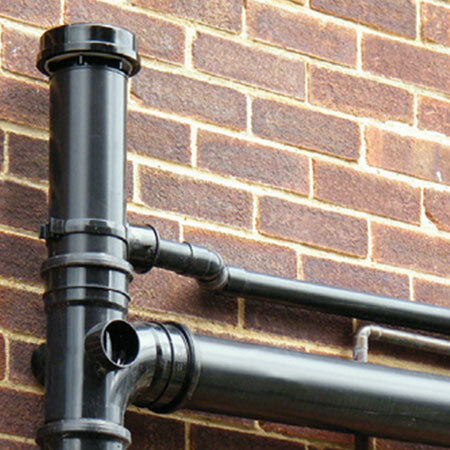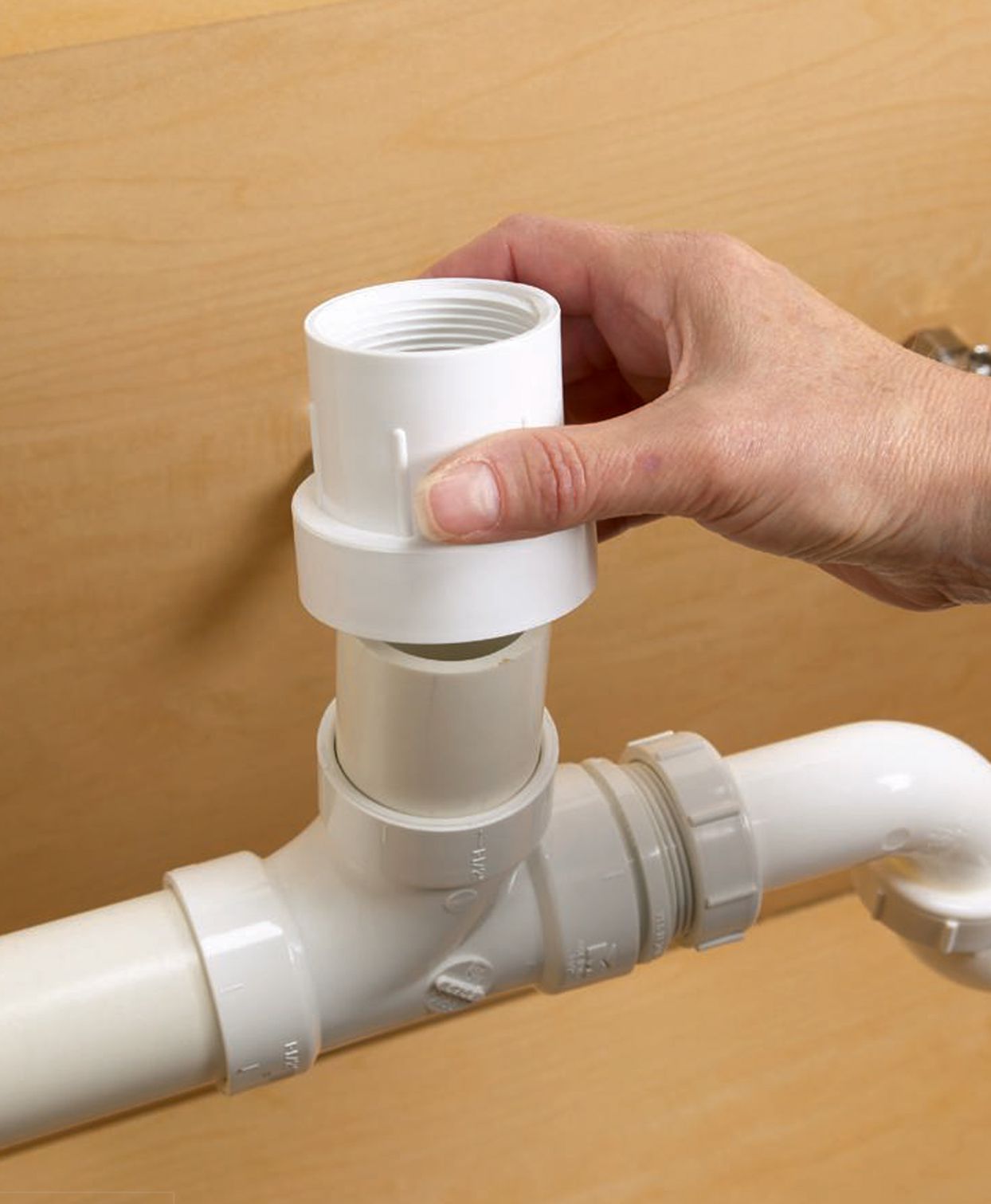
#SOIL PIPE AIR ADMITTANCE VALVE PROBLEMS PROFESSIONAL#
Professional maintenance of soil vent pipes This may help to identify blockage problems.

Modern soil vent pipes also have inspection points, where a cover can be removed from the pipe to allow the inside of the pipe to be viewed. How can I tell the soil vent pipe is blocked?Ī common tell-tale sign of a blocked soil vent pipe is sluggish flow of water out of sinks and baths.Īnother is the build-up of water in a toilet bowl before it eventually flushed away.īlocked soil vent pipes may also cause bad odours, both inside and outside the property, and when water is flowing through sinks and toilets, when u-bend seals are momentarily broken. This is because they rust, making internal pipe walls rough and more likely to snag material such as wipes, sanitary products and toilet paper. In both cases, the smooth and fast flow of waste water may be interrupted, allowing solid waste to build up.Ĭast iron soil vent pipes can be more prone to blockages. There may be a badly-fitted or displaced joint where a lateral waste pipe joins the soil pipe or where it has to bend. The risks of blockages occurring in this way can be increased if the soil vent pipe is defective.įor example, the pipe may be cracked, in which case there is also a risk of waste water leaking. What increases the risk of soil vent pipe blockages More wipes and solid waste material can then build up behind them until the pipe is partially or even completely blocked. Wipes, even ones designated by manufacturers as being flushable, can snag on soil vent pipes and become stuck inside them. The risk of blocked soil vent pipes has risen in recent years with the introduction of wet wipes which many people often wrongly dispose of down toilets. One of the most common maintenance problems with soil vent pipes is the occurrence of blockages. This vent can be located some distance from the property. Where an air admittance valve is used, a vent must be installed elsewhere in the property’s drainage system. This can happen as warmer internal air cools on contact with a stack which contains air drawn in from outside. It also reduces the risk of a build-up of condensation on surfaces around an internal vent stack. This will open automatically when water enters the soil pipe, and close when the water has passed into the main drain.įor internal soil vent pipes, a benefit of this system is that it helps prevent heat being lost from the property via a continuously open vent. A vent is usually located above the roof, so odours and gases can escape harmlessly without causing a nuisance to the property occupiers or neighbours.īuilding regulations state that the opening of ventilating pipes should be located at least 900mm above any window in a building that is within three metres of the pipe.Īlso, the vent should be protected with a wire cage or a perforated cover to prevent debris or birds entering them.Īn alternative to fitting a vent in a soil pipe is to fit an air admittance valve.

It is always placed above the highest waste water inlet into the pipe. The position of a vent in a soil pipe is controlled by building regulations. This would result in water in the u-bends of toilets and sinks being forced out, allowing odours and gases from the foul drain to travel up the pipe and enter the building. This is important, because when a toilet is flushed or a sink is emptied, if the soil pipe is not vented, a partial vacuum would build up behind the waste water as it travels down the pipe. The vent also ensures the drainage system remains at atmospheric pressure.

The pipe is vented to allow odours from the waste water and solids to be released into the atmosphere. Most modern soil vent pipes are made from plastic.Ī soil vent pipe is installed to take waste water from upper floor toilets, baths and sinks into the underground drainage system. In older properties, soil vent pipes were often made from cast iron, and some even contained asbestos, which now requires very careful handling during their maintenance. With modern housing low-rise housing they are more often attached to the outside wall. Soil vent pipes can be installed inside structures. It is also known as a soil stack pipe, a drain waste vent or a ventilated discharge pipe. A soil vent pipe commonly runs vertically from the underground drainage system to the top of a property, just above roof gutter level.


 0 kommentar(er)
0 kommentar(er)
